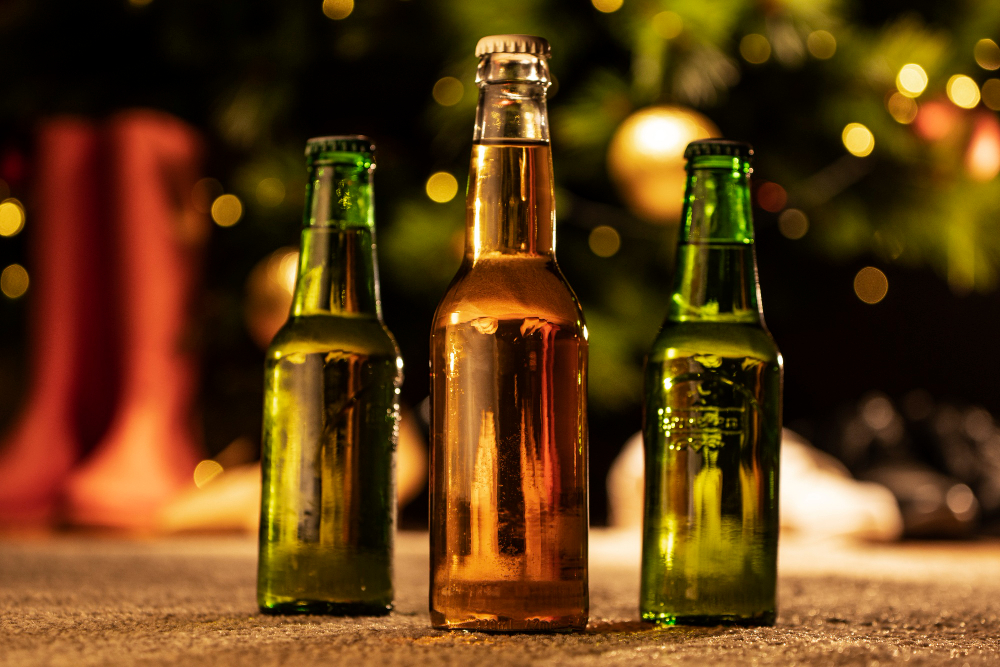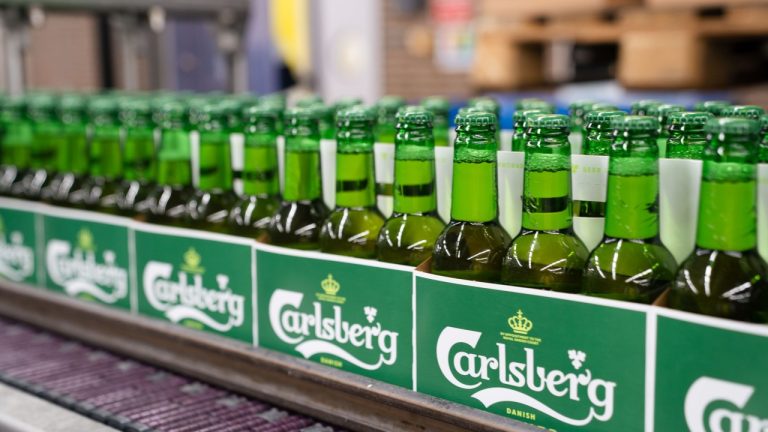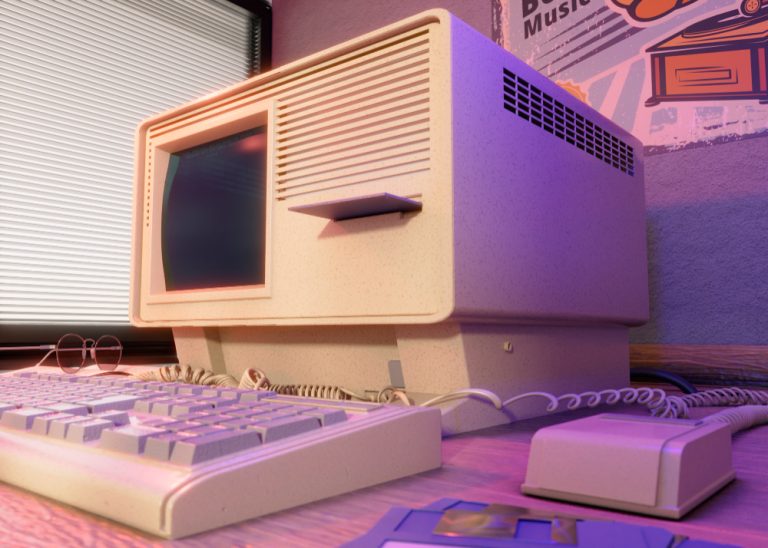When you grab a cold beer, you might not think twice about the color of the bottle — brown, green, or clear. But that color plays a crucial role in the beer’s flavor, freshness, and even its brand identity. Green beer bottles, in particular, have a long and fascinating story that dates back to early brewing traditions and marketing innovations.
This article explores how green bottles became iconic, what they do (and don’t do) for beer protection, and how they influence taste and perception.
A Brief History of Beer Bottles
Beer has been stored and transported in many containers over the centuries — from clay pots and wooden barrels to glass bottles.
Glass beer bottles became popular in the mid-19th century, offering a cleaner and more hygienic way to preserve beer. Initially, most glass was clear or light green, because glass production technology hadn’t yet advanced enough to produce darker shades consistently.
However, brewers soon realized that sunlight negatively affected beer quality, leading to the development of darker glass — first green, then brown.
The Rise of the Green Beer Bottle
The green beer bottle found its fame in Europe during the early 20th century. Many European breweries — especially in Germany, the Netherlands, and Belgium — began exporting beer in green bottles as a mark of premium quality.
Brands like Heineken, Grolsch, and Stella Artois helped make green bottles synonymous with continental elegance and sophistication. While brown bottles were considered practical, green bottles were seen as stylish and premium, catering to a growing international market.
Brown vs. Green: What’s the Difference?
From a scientific standpoint, not all bottle colors offer equal protection.
- Brown bottles block out about 98% of ultraviolet (UV) light, which prevents chemical reactions that cause “skunky” off-flavors.
- Green bottles, by contrast, only block about 20% of UV light, making the beer more susceptible to light damage.
- Clear bottles offer virtually no protection at all.
So why do brewers still use green bottles? The answer lies in branding and tradition. Consumers associate certain brands with green glass, and changing the color could alter their perception of quality and authenticity.
The Science Behind Light Sensitivity
Beer is sensitive to light because of compounds called isohumulones, which come from hops. When these compounds are exposed to ultraviolet light, they break down and react with sulfur-containing molecules, creating a compound similar to the one found in a skunk’s spray.
This reaction is what causes the infamous “skunky beer” smell and taste.
The phenomenon, known as lightstruck flavor, can occur within minutes of direct sunlight or fluorescent light exposure. Brown bottles minimize this risk, but green and clear bottles make beer much more vulnerable.
How Breweries Combat Light Damage
Modern breweries have developed several ways to reduce light damage, even for beers packaged in green or clear bottles. Some of the methods include:
- Light-stable hops: Scientists have engineered hop extracts that don’t produce lightstruck compounds, allowing brewers to safely use lighter bottles.
- Protective packaging: Many beers are sold in cardboard boxes, six-pack carriers, or shrink-wraps that shield them from light.
- Controlled storage: Distributors and retailers are encouraged to store beer away from sunlight and fluorescent lighting to maintain freshness.
Do Green Bottles Change the Taste?
Technically, the glass color itself doesn’t add any flavor. However, the exposure to light that green bottles allow can significantly alter the beer’s aroma and taste over time.
Beers stored in green bottles tend to develop a slightly sulfuric, musty, or “skunky” flavor if exposed to light for too long.
That said, some drinkers have grown accustomed to — and even fond of — the subtle flavor profile that results from green bottle storage. For example, European lagers like Heineken or Beck’s often have a faint skunky note, which some consumers now associate with authenticity.
Branding and the Psychology of Color
Color psychology plays a surprisingly big role in beer marketing. Green, for instance, is often linked to freshness, nature, and quality.
Brewers realized that even though green bottles offered less protection, they conveyed a sense of refinement and exclusivity — especially to export markets unfamiliar with darker bottles.
Today, many global brands continue to use green bottles not because they are scientifically superior, but because the visual identity has become integral to their brand story.
Famous Beers That Use Green Bottles
Several well-known beers have maintained their green bottles as a matter of heritage and branding:
- Heineken (Netherlands) – Perhaps the most iconic green-bottled beer worldwide.
- Stella Artois (Belgium) – A premium European lager that pairs elegance with tradition.
- Grolsch (Netherlands) – Known for its swing-top green bottle.
- Beck’s (Germany) – A classic export beer with a signature green look.
- Rolling Rock (USA) – An American lager that adopted green glass for its nostalgic appeal.
These beers have built their reputations around the image of the green bottle, proving that perception can be just as powerful as chemistry.
The Modern View: Balancing Tradition and Technology
As brewing technology advances, the need for darker bottles has lessened. With the development of light-stable hops and UV-resistant packaging, breweries can maintain their brand image without compromising quality.
However, tradition remains a major factor in beer marketing. Green bottles have become aesthetic and cultural symbols, representing decades of brewing history, craftsmanship, and European sophistication.
For many beer lovers, the sight of a green bottle still evokes memories of summer afternoons, outdoor bars, and imported lagers with crisp, refreshing taste.
Conclusion
The green beer bottle is more than just a container — it’s a cultural icon. While it may not be the most scientifically protective choice, it represents a blend of history, identity, and nostalgia that continues to resonate with drinkers around the world.
From early European exports to modern marketing, green bottles have maintained their charm despite their limitations. So the next time you open a Heineken or Stella Artois, remember: you’re not just drinking beer — you’re sipping a piece of brewing history.
FAQs
1. Why are some beer bottles green?
Green bottles were originally used due to limited glass-making technology. Over time, they became a symbol of European premium beer brands and remain popular for aesthetic and branding reasons.
2. Does the color of a beer bottle affect the taste?
Indirectly, yes. Green bottles allow more light to pass through, which can alter the beer’s flavor over time by causing lightstruck or “skunky” notes.
3. Which color bottle protects beer the best?
Brown bottles provide the best protection, blocking nearly all UV light. Green and clear bottles offer less protection, so beer stored in them should be kept away from direct light.
4. Why don’t all brewers switch to brown bottles?
Brand identity and consumer expectations play a major role. Some breweries have used green bottles for over a century, and changing color could impact their brand perception.
5. Can you prevent green-bottled beer from going bad?
Yes. Store the bottles in a cool, dark place, away from sunlight or fluorescent lighting. Also, try to consume green-bottled beer sooner rather than later for optimal taste.
Also read: Sez Us: Bold Opinions, Real Conversations





Leave a Comment